- Blue streets of Chefchaouen
- Chefchaouen
- Beautiful Door in Chefchaouen
- Leather slippers in Fes
- Fes Medina
- Tanneries in Fes medina
- Dye pits in the tanneries, Fes Medina
- Lamb meat in fat, Fes medina
- Lamb tagine & chicken in lemon sauce
- dates & other dried fruit
- Olives
- Dar Melody in Fes
- Roman ruins of Volubilis
- Roman ruins of Volubilis
- Mosaic at Volubilis
- View of Agadir
- Goats in trees, near Agadir
- Essaouira beach
- Carpet shop in Essaouira
- Fishing boats in the port of Essaouira
- Market stall in Casablanca old medina
- Hassan II mosque, Casablanca
- Typical delicious breakfast of bread, spreads & olives
- Sunset, Chefchaouen
We have just spent two and half weeks in Morocco. I’ve long wanted to visit this country and was extremely excited to be there. We went at an interesting, and slightly unusual time: summer. Many people advise not to go during this time as it is extremely hot inland and the coastal regions are crowded. It was also Ramadan – a holy month for muslims who fast during the daylight hours. But as teachers we don’t get to pick and choose our holiday times and I am not prepared to fly all the way from Hong Kong to Morocco for just a week. So the summer it was and it was brilliant!
It was also the first time that we really backpacked with Tali. With the exception of a 2 week trip around England to visit friends last summer, we have tended to just go to one place for our family holidays and not move around too much. This time we moved regularly and made it up as we went along. The first couple of hotels were booked, but after that we planned and booked just a couple of days in advance. It was wonderful to be travelling again. Tali did just fine and adapted to each new place with no problems and (slightly to my surprise) I found travelling with her not too stressful.
Where: Chefchaouen, Fez, Meknes & Volubilis, Agadir, Essaouira, Oualidia, Casablanca
When: July 2013 for 2 and half weeks
How: Getting there & away: we took a ferry from Spain to Ceuta (a small Spanish town on the Mediterranean Moroccan coast), then crossed overland into Morocco from there. We flew out of Casablanca. Getting around: Public transport – buses, trains, petit taxis, grand taxis. It was easy to get around, the buses and trains run on time and are comfortable as well as affordable. Grand taxis are for longer distances (eg inter-city) and can be shared with other passengers or you can take the whole taxi for yourself. Car hire is another option and gives you freedom to move where and when you want, though it would cost more after you add the petrol to the car hire fees. Another way to get around is to hire a private car with driver/guide. There are many, many companies that offer tours all around Morocco. Some specialise in particular regions and you can also focus on a particular aspect such as food, or shopping or architecture. Having a guide will give you much more insight, and it certainly takes the issue of finding transport and accommodation in each place. But they can involve long days of travel in a car as you are whisked from place to place. This is the reason we chose not to take a tour, 4 to 6 hours each day in car would have been hell for T (and, therefore, us).
Weather: Hot and dry. Gorgeous blue skies and sun. Inland in Fes it was hotter. The coastal regions were much cooler and breezier. In the winter Morocco gets cold, especially inland and up in the mountains, so you would need much warmer clothes. (hats, coats, jumpers etc)
Food: The Moroccan national dish is tagine, almost like a stew and is made with chicken, or fish or vegetables. It is served with bread. Harisa, a hearty bean and vegetable soup is common. There is a huge range of olives and a varieties of bread. Olive oil and also argan oil. International food is also available such as pastas, burgers and pizzas. Uncooked food (eg salads) and unwashed fruit should be avoided. Drink only bottled water. Alcohol is available in tourist places (even during Ramadan). Moroccan wine is really quite nice. We ate a mixture of Moroccan and international food as sandwiches and pastas were something that we knew Tali would eat for sure. Being ramadan we didn’t get to sample as much local street food as we would have liked and ended up eating at tourist places as these were the only restaurants that were open during the day. We had some excellent sea food on the coast including an amazing paella.
Accommodation: We stayed in a mixture of places. Some mid-range 3 star hotels, a dar, (converted and restored traditional Moroccan house), and self-catered studio/apartments. Morocco has a lot cheap hostels and luxury hotels as well as hundreds of beautiful riads & dars (converted houses).
Sights & Activities: Many towns have a medina – old market areas which are fascinating to walk around. Small, narrow lanes, tiny shops, food stalls and artisans at work. Chefchaouen is a small, pretty little town with a very laid back feel. The Fes medina is huge and easy to get lost in. It’s also a fun place to wander and shop. The beaches of Agadir and Oualidia are great for swimming and sunbathing, whilst windy Essaouira is the place for kite surfing. Tree-climbing goats can be seen around Agadir and Essaouira. The Roman ruins at Volubilis make a nice visit and have some well preserved mosaics. The mosque in Casablanca is beautiful and worth a visit (only with a guided tour) and it is the only mosque that non muslims can visit in Morocco. It’s a great place for souvenirs. There are the ubiquitous carpets, also lots of high quality leather, natural oils, jewellery, scarves and clothes.
We spent a lot of time just walking around, soaking up the atmosphere and even doing a little shopping. We had a lot of time on the coast at the beach which was wonderfully relaxing and fun.
Surprises: How good the Moroccan wine was! How easy it was to get around and how little we were really hassled to come into shops and buy stuff. Maybe it was calmer due to Ramadan, or maybe after having been to India, China and Egypt we are more used to ‘the hard sell’.
Tips: Speaking French or Arabic helps a lot, though English is understood and spoken in main tourist places. Taking a guide for at least half a day in Fes to get acquainted with the medina. Stay in a riad or dar (old houses converted to guest houses), for a taste of Moroccan architecture. You might well be offered the opportunity to ‘get high’, but this is not advisable as if you are caught with drugs the penalties are severe!
Dress: It is a Muslim country and people dress conservatively. Men can wear shorts & T-shirts, but women should cover up. Many, many tourists, don’t and whilst you will see Moroccan women wearing skinning jeans and T-shirt tops, they don’t wear short skirts or revealing tops. Wearing skimpy clothes draws extra attention to yourself and for Moroccans, is offensive. So trousers or long skirts and tops that cover the shoulders are more appropriate. In the heat these are also more comfortable too!
Resources we used: Lonely Planet guidebook [the book rather than the website] (pre-departure planning, booking.com (hotels), Tripadvisor (pre-departure planning & hotels)
Have you been to Morocco? Are there any tips you would add? Please post them up!
More posts to follow on the different places we visited. Next post: Chefchaouen

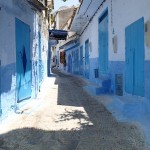
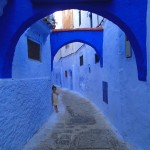
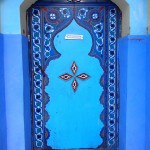
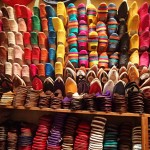
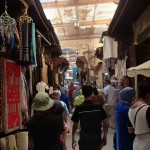
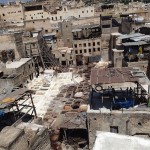
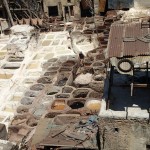
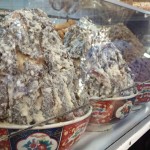
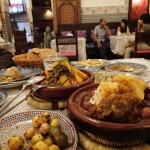
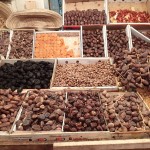
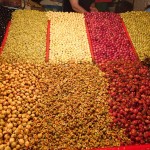
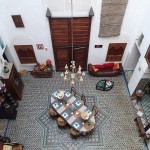
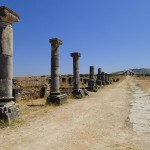

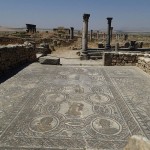
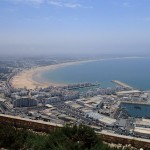
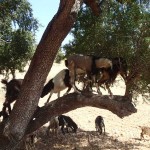
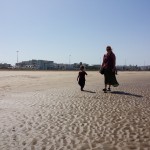
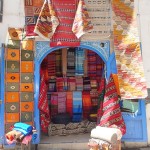
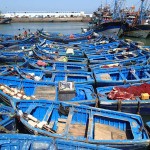
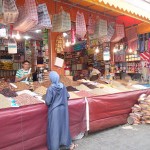
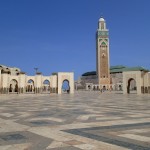
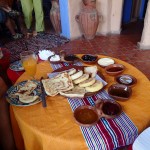
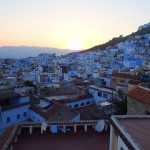


Recent Comments